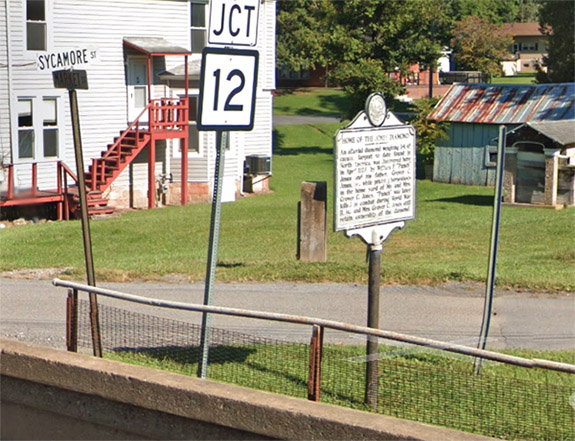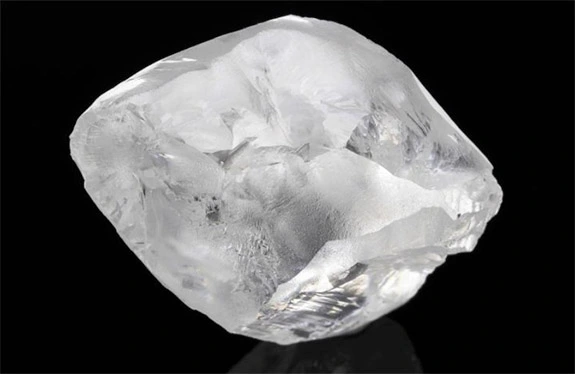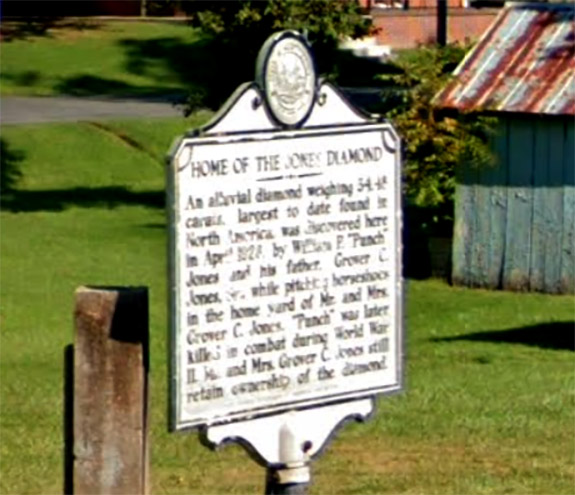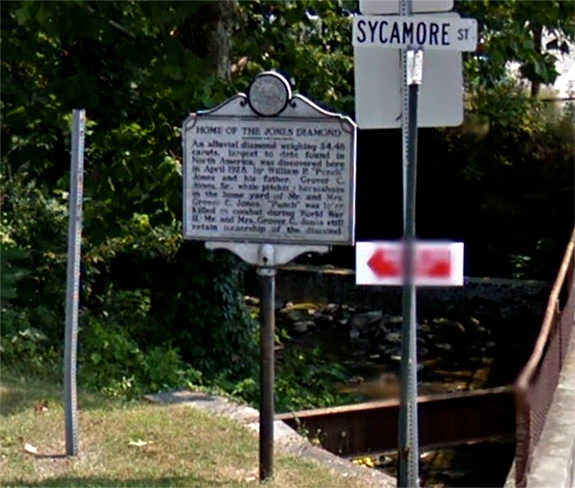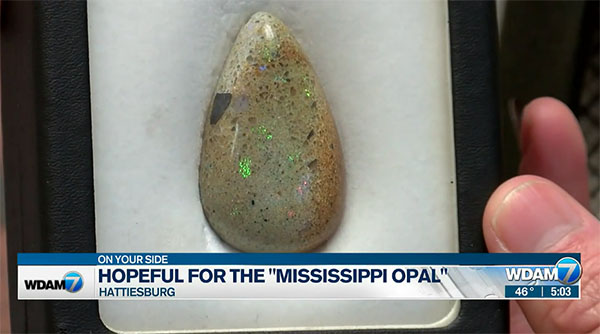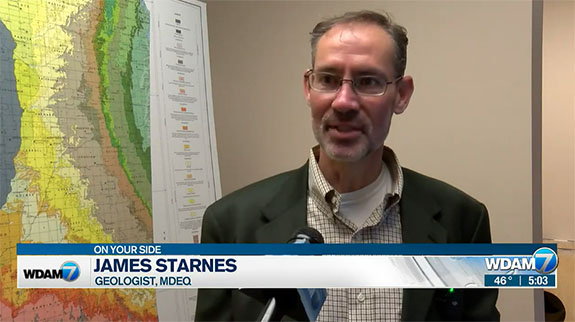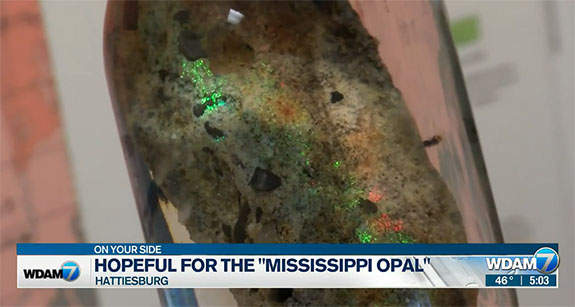Welcome to Music Friday when we like to bring you nostalgic tunes with jewelry, gemstones or precious metals in the lyrics or title. Today, Neil Sedaka, the man who topped the charts with timeless singalongs such as "Calendar Girl" (1960), "Happy Birthday Sweet Sixteen" (1961) and "Breaking Up Is Hard to Do" (1962), delivers still another teen-themed hit with "Let's Go Steady Again."
Released exactly 60 years ago when Sedaka was in his early 20s and reaching the height of his popularity, today's featured tune is about a young man who's having second thoughts after breaking up with his girlfriend.
It's been just a week since they said "goodbye," but the separation anxiety is getting the best of him. He wants to hit the restart button on the relationship and pleas with his ex to wear the jewelry symbolizing their love.
He sings, "Let's go steady again like we did before / Let's go steady again and be lovers once more / Wear my ring around your neck like you used to do / Don't you know it's wrong to break up / Come on baby let's kiss and make up."
Co-written by Sedaka and long-time collaborator, Howard Greenfield, "Let's Go Steady Again" peaked at #26 on the pop charts in 1963.
Rooted in the famed Brill Building in New York City, Sedaka and his writing partners have churned out more than 500 songs. Sedaka was inducted into the Songwriters Hall of Fame in 1983 and boasts a star on the Hollywood Walk of Fame.
The son of a taxi driver, Sedaka was born in Brooklyn in 1939. As a second grader, he showed such musical aptitude that his teacher recommended to his parents that he take piano lessons. Sedaka's mom landed a part-time job at a department store to earn enough money to buy her son a secondhand piano.
Her efforts paid off when the young Sedaka earned a music scholarship at the Juilliard School's Preparatory Division for Children. At the age of 13, a neighbor introduced Sedaka to Greenfield, an aspiring lyricist, who was three years his senior. Together, they would become one of the most prolific writing teams of all time.
Trivia: While attending Abraham Lincoln High School in Brooklyn, Sedaka dated singer-songwriter Carole King, who inspired his 1959 hit, "Oh! Carol."
Sedaka's career has spanned eight decades and he's still performing at the age of 83. He'll turn 84 in March. Please check out the audio track of Sedaka singing "Let's Go Steady Again." The lyrics are below if you'd like to sing along…
"Let's Go Steady Again"
Written by Howard Greenfield and Neil Sedaka. Performed by Neil Sedaka.
Down down down rada to, let's go steady again
Down down down rada to, let's go steady again
Let's go steady again like we did before
Let's go steady again and be lovers once more
Wear my ring around your neck like you used to do
Don't you know it's wrong to break up
Come on baby let's kiss and make up
Let's go steady again like in the past
Let's show all of our friends that our love can last
I don't care who was wrong, come back here where you belong
Come on baby let's go steady again
Monday, we said goodbye
Tuesday, all I did was cry
Wednesday, I almost lost my mind
Thursday, I was feeling blue
Friday, was the same way, too
Never had a day sad as Saturday
Even Sunday was no fun day
Let's go steady again like we used to do
Say you're ready and then we can start anew
Seven days we didn't speak
It's been a long and lonely week
Come on baby, let's go steady again
Down, down, down, rada to, let's go steady again
Down, down, down, rada to, let's go steady again
Down, down, down, rada to, let's go steady again
Down, down, down, rada to, let's go steady again
Down, down, down, rada to, let's go steady again

